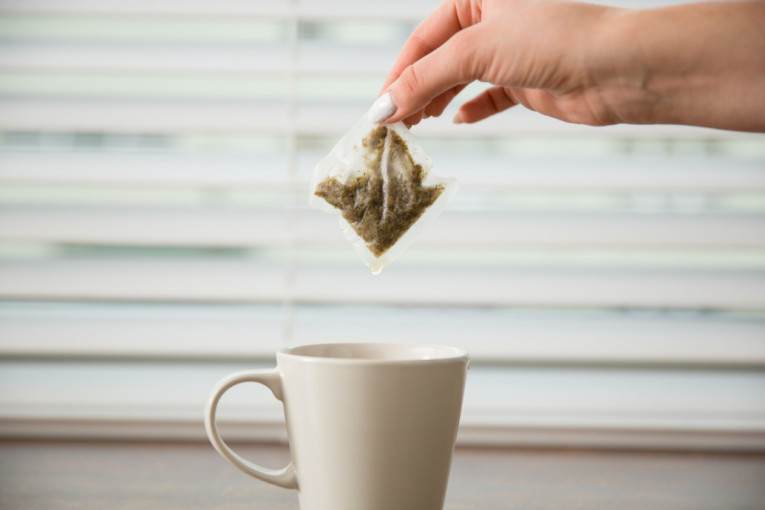
Recent research circulating in the media indicates that five commercially available tea bag products have been found to release microplastics when steeped in hot water.
This research revealed that tea bags made from plastic materials have the potential to release millions of microplastic particles into the body.
The reason is that when polymer-based tea bags are placed in hot water, the microplastic particles released can be absorbed by intestinal cells and enter the bloodstream.
Rafika Aprilianti, a microplastic researcher at the Ecological Observation and Wetlands Conservation (Ecoton), presented this discovery on Monday (Feb. 3).
Five widely available tea bag products were also tested, all of which released microplastics when brewed.
Responding to these findings, Dr. Annisa Utami Rauf, a lecturer in the Department of Health Behavior, Environment, and Social Medicine, UGM Faculty of Medicine, Public Health, and Nursing (FK-KMK UGM), stated that these results do not mean tea bags should immediately be banned.
According to her, no established regulations specifying the acceptable level of microplastics in tea bags exist. Even the hanging string of the tea bag contains microplastic fragments.
“To my knowledge, there is no established standard level. So, we don’t know, for example, if drinking it several times is harmful or if one drink is dangerous. However, microplastics are considered emerging contaminants,” she said.
For consumers who enjoy tea bags but are concerned about microplastics, she suggested switching to brewed tea filtered with a strainer or using loose-leaf tea.
To address the microplastic issue in tea bag products, she emphasized the importance of informing the public that tea bags indeed contain microplastics.
“We first need to educate people about this issue, that the content does exist. Once they know, we can recommend that they should not consume it too frequently,” she explained.
Additionally, she suggested that there should be education for the public to raise awareness about microplastics.
“Microplastics are actually present in every component, such as minerals and soil. However, tea bags enter the digestive system directly, and we don’t know the long-term effects. That’s what makes it dangerous because not all fragments can be excreted from the body,” Dr. Rauf said.
Nonetheless, she mentioned that not all tea bags are made from plastic; some are made from paper, which does not produce microplastics compared to plastic-based tea bags. In light of these findings, she recommended that the public be more mindful in selecting daily products, including tea bags.
“It’s best to switch to paper tea bags or other environmentally friendly materials to reduce microplastic exposure,” she advised.
Author: Kezia Dwina Nathania
Editor: Gusti Grehenson
Post-editor: Afifudin Baliya
Photo: Freepik

